Doe/netl-2012/1540 Mobility And Conformance Control For Carbon Dioxide Enhanced Oil Recovery (Co2-Eor) Via Thickeners, Foams, And Gels - U.s. Department Of Energy Page 13
ADVERTISEMENT
 1
1  2
2  3
3  4
4  5
5  6
6  7
7  8
8  9
9  10
10  11
11  12
12  13
13  14
14  15
15  16
16  17
17  18
18  19
19  20
20  21
21  22
22  23
23  24
24  25
25  26
26  27
27  28
28  29
29  30
30  31
31  32
32  33
33  34
34  35
35  36
36  37
37  38
38  39
39  40
40  41
41  42
42  43
43  44
44  45
45  46
46  47
47  48
48  49
49  50
50  51
51  52
52  53
53  54
54  55
55  56
56  57
57  58
58  59
59  60
60  61
61  62
62  63
63  64
64  65
65  66
66  67
67  68
68  69
69  70
70  71
71  72
72  73
73  74
74  75
75  76
76  77
77  78
78  79
79  80
80  81
81  82
82  83
83  84
84  85
85  86
86  87
87  88
88  89
89  90
90  91
91  92
92  93
93  94
94  95
95  96
96  97
97  98
98  99
99  100
100  101
101  102
102  103
103  104
104  105
105  106
106  107
107  108
108  109
109  110
110  111
111  112
112  113
113  114
114  115
115  116
116  117
117  118
118  119
119  120
120  121
121  122
122  123
123  124
124  125
125  126
126  127
127  128
128  129
129  130
130  131
131  132
132  133
133  134
134  135
135  136
136  137
137  138
138  139
139  140
140  141
141  142
142  143
143  144
144  145
145  146
146  147
147  148
148  149
149  150
150  151
151  152
152  153
153  154
154  155
155 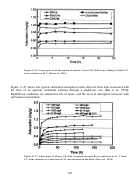 156
156 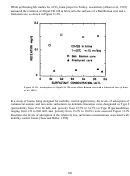 157
157 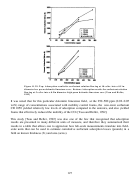 158
158  159
159  160
160 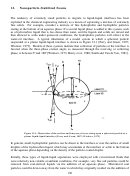 161
161 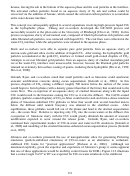 162
162  163
163 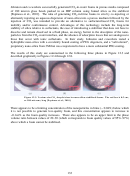 164
164 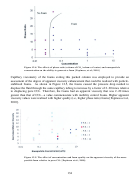 165
165 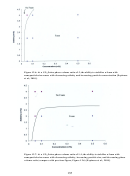 166
166 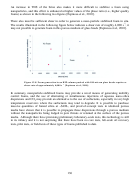 167
167  168
168  169
169 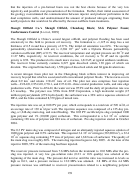 170
170  171
171 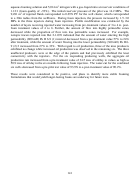 172
172 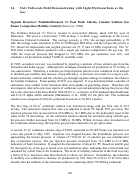 173
173  174
174 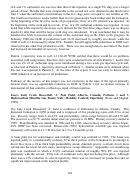 175
175 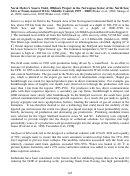 176
176 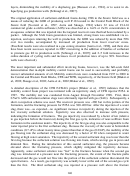 177
177 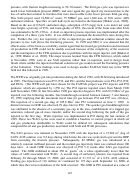 178
178  179
179 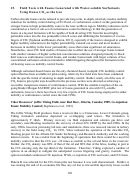 180
180  181
181 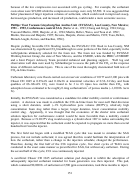 182
182 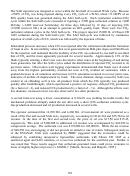 183
183  184
184 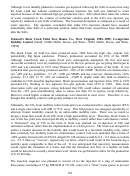 185
185 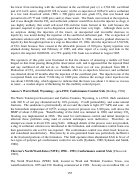 186
186  187
187  188
188 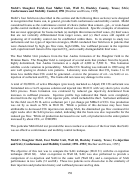 189
189 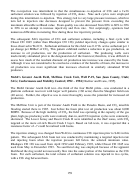 190
190  191
191 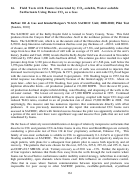 192
192 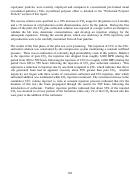 193
193  194
194  195
195  196
196  197
197  198
198 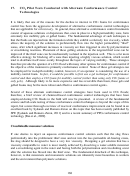 199
199 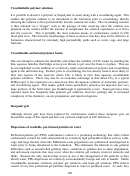 200
200  201
201 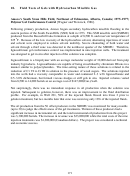 202
202 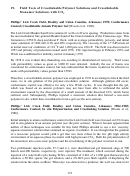 203
203  204
204 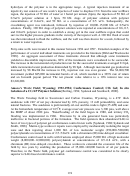 205
205 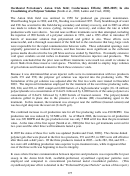 206
206 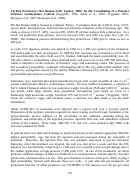 207
207 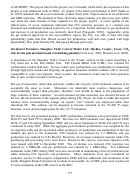 208
208  209
209 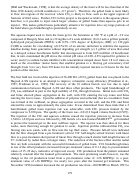 210
210 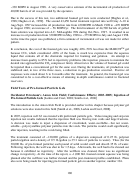 211
211 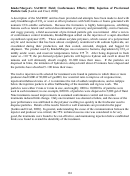 212
212 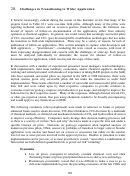 213
213 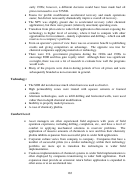 214
214 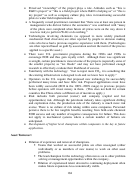 215
215  216
216 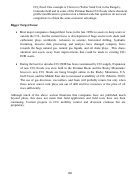 217
217 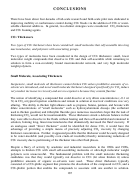 218
218  219
219 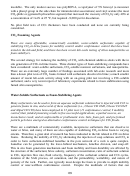 220
220 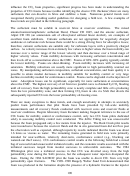 221
221  222
222 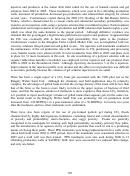 223
223 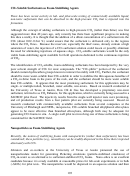 224
224 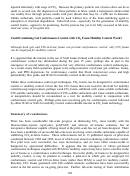 225
225  226
226 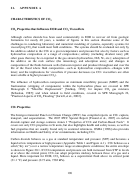 227
227 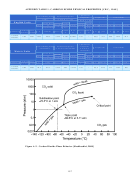 228
228 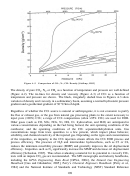 229
229 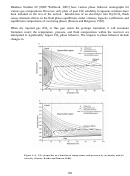 230
230  231
231 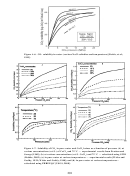 232
232 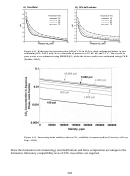 233
233  234
234 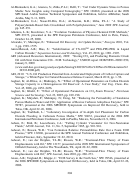 235
235  236
236  237
237  238
238  239
239  240
240 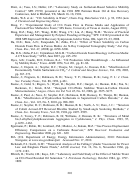 241
241 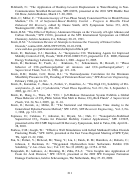 242
242 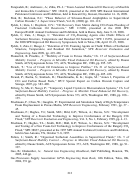 243
243 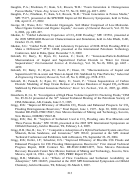 244
244  245
245  246
246  247
247  248
248  249
249 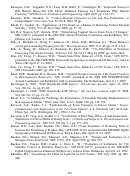 250
250 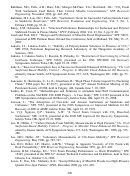 251
251  252
252  253
253 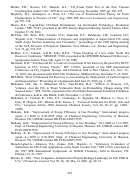 254
254 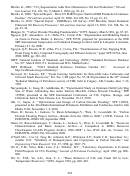 255
255 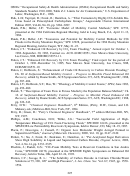 256
256  257
257 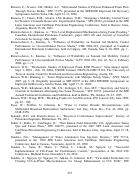 258
258 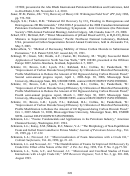 259
259 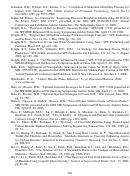 260
260 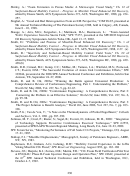 261
261 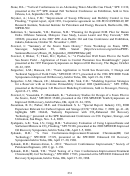 262
262 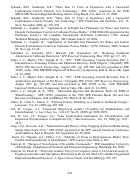 263
263 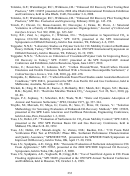 264
264 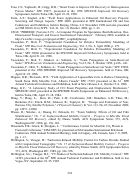 265
265 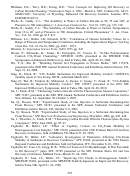 266
266  267
267 difficulty associated with forming weak foams of specified mobility in low perm, oil-bearing
zones compared to generating strong foams in high perm, water-out zones; and demanding
logistics of SAG mobility control treatments, especially for cycles of very short duration.
Given the multitude of lab-scale efforts conducted to understand and design CO
mobility
2
control foams and the very small number of mobility control pilot-tests, CO
mobility control
2
foams may remain a promising area for future field testing. Gels are designed for dramatic
increases in viscosity, and are therefore incapable of being used for mobility control purposes,
leaving SAG CO
mobility foams as a viable alternative to WAG. These mobility control foams
2
could even be used in conjunction with gel-based conformance control techniques.
The
performance of such processes could be contrasted with the current state-of-the-art of or gel-
based and mechanical techniques for conformance control combined with WAG for mobility
control.
There has been a limited and very recent rekindling of interest in CO
foams associated with an
2
old idea: CO
-soluble surfactants. The objective is to dissolve the surfactant in the injected CO
2
2
rather than in alternating slugs of brine. Given the large amounts of brine in the pore space, the
foams could still be generated in situ; thus it should be possible to reduce or possibly eliminate
the need for alternating injections of brine. Further, unlike SAG, this process would ensure that
the surfactant would be present where the CO
flows in the formation. Finally, this technique
2
could also be employed by companies that only conduct continuous CO
injections rather than
2
WAG.
Extensive surfactant studies conducted at the University of Texas at Austin have resulted in
promising single-well injectivity pilot test results using a Dow Oil & Gas surfactant at SACROC
in 2010, and have led to the expansion to a four-well oil recovery pilot at the same field. Results
from the first phase showed a consistent increase in the cumulative CO
volume injected versus
2
time at constant injection pressure indicating that (for the duration of this test) the foam
propagated through the matrix for 500 hours following the introduction of surfactant. Further,
injection profiles indicated that about 30% of the injected CO
was diverted to a lower portion of
2
the formation while only 1% of the CO
flowed into the lower zone prior to the addition of the
2
surfactant. Favorable lab-scale results from an Office of Fossil Energy– University of Pittsburgh
project are leading to the identification of inexpensive, CO
-soluble, nonionic surfactants from
2
other chemical suppliers.
New nano-science technologies may also provide an alternative for the generation of stable CO
2
foam. Studies show that small solid particles such as fumed silica can adsorb at fluid/fluid
interfaces to stabilize drops in emulsions and bubbles in foams. The nanoparticles readily
disperse in water and this dispersion is capable of flowing through unconsolidated porous media.
Using nanoparticles instead of surfactant to stabilize CO
foam may overcome the long-term
2
instability and surfactant adsorption loss issues that affect surfactant-based CO
foams. Recent
2
laboratory-scale tests show promise, but no nanoparticle-stabilized core, lab-scale oil recovery,
pilot, or field tests have yet been reported because this technology is still in its infancy.
ix
ADVERTISEMENT
0 votes
Related Articles
Related forms
Related Categories
Parent category: Legal









